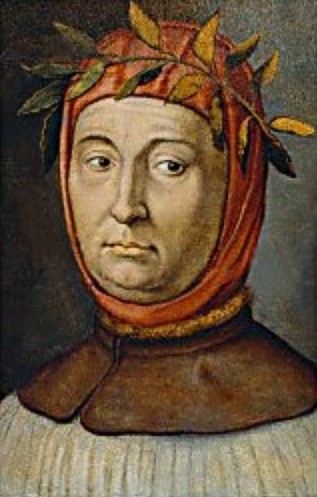 |
| I read this translation by Brian Stone |
I finished Gawain a while ago, but I didn't write my essay for the Arthurian Lit course until recently, so here it is: the idea of Parallellism in Gawain and how it binds the story together.
Throughout Gawain
and the Green Knight, the Pearl Poet incorporates many examples of
parallelism. This provides an insight into the deeper meanings of the story,
and also helps the reader make connections as they progress through the book.
These parallels, through similarities as well as through contrasts, help in the
interpretation of the book, and ultimately reveal what the Pearl Poet is trying
to say about the search for truth and virtue.
The most obvious example of parallelism in Gawain and the Green Knight is a
comparison between Gawain’s actions for three days with his host’s wife, and
the three blows that the Green Knight gives him at the climax of the story. As
Gawain gave in and took the green sash from the lady, so he again gives in to
his fear and flinches before the Green Knight’s first blow. The second blow stops
short, paralleling Gawain’s resistance to anything else but kisses from the
knight’s wife. And the third blow leaves him with a small scar on his neck, to
constantly remind him of his deception towards his host.
Another example of parallelism can be seen between the
three animals Sir Bertilak kills on his hunts, and the three temptations given
by the host’s wife. The first animal, the fox, is a symbol of deceit,
pretending to be dead in order to trap his prey. The second animal, the deer,
symbolizes the flesh and carnal desires. And the boar, the third animal, is a
symbol of worldly treachery. The Pearl Poet uses this parallel, and
characterizes the hostess as representing the flesh, deceit, worldliness.
 |
| Medieval artwork depicting the Green Knight |
Parallels can also be found between the covenants in
each of the fits. The covenant made in Arthur’s court between Sir Gawain and
the Green Knight is closely interwoven with Gawain’s temptations in the Green
Knight’s castle, and a strong sense of right in truth and fair exchange emerges
from the beheading in Arthur’s court, the temptations by the hostess, and the
final encounter between the Green Knight and Gawain.
The Pearl Poet also
provides parallels through contrast, such as between the lively hunt and the
quiet bedchamber, as well as between Gawain’s harsh, cold journey and Sir
Bertilak’s warm castle. The most obvious example of contrast is between Sir
Bertilak’s beautiful young wife and her old, ugly lady in waiting, who is
actually Morgan le Fay in disguise. The contrast between the noble Gawain and
the Green Knight is also striking, as the Green Knight is described as lacking
chivalry.
Yet another example
of parallelism through contrast can be seen in the two different roles the
Green Knight takes on through the story. In the beginning, he is harsh, evil,
and unchivalrous, clearly coming from some supernatural source. But eventually,
he takes on the role of Gawain’s confessor, who teaches Gawain a lesson and
helps him see his faults.
The ultimate
contrast is between Gawain’s pentangle symbol in the opening of his journey,
and his green baldric in the end. At the outset, the pentangle – the symbol of
the valiant, truthful knight – showed the world that Gawain was a perfect
knight, and he himself only saw his faith in the Virgin Mary. By the end, however,
the world now sees his shame in the baldric, the green belt he sinfully
accepted from the Green Knight’s wife. Though they see his sinfulness, the rest
of Arthur’s knights forgive him his fault and wear green sashes as well.
The story ends with
the motto “Hony soyt qui mal y pense” – “Evil to him who evil thinks.” This
emphasizes the Pearl Poet’s theme of truth and virtue, for, as Gawain says,
“Man can conceal sin, but not dissever for it” (p. 114). Ultimately, Gawain and the Green Knight is a moral
tale, using parallelism and contrast to reveal its lesson: no human is perfect,
but, despite our flaws, we should all should strive to achieve truth.
 |
| Art by John Howe for the Tolkien translation |
~Sophia







